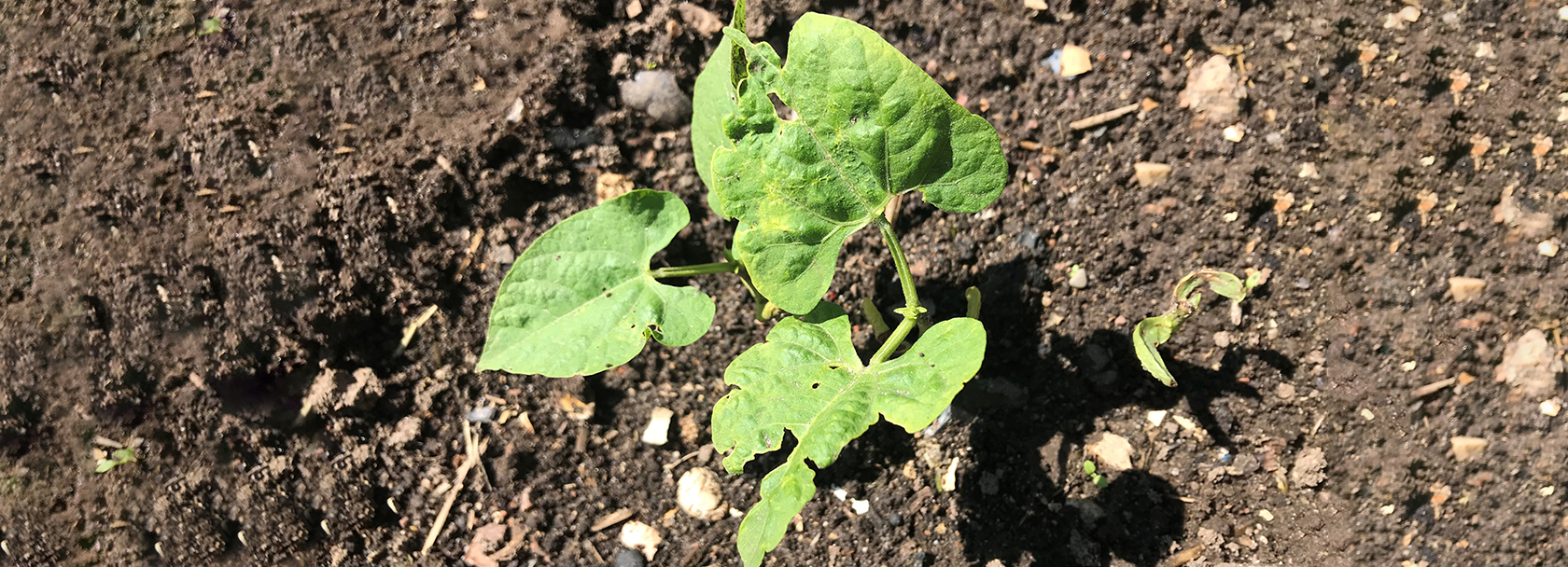Bean seed
Control bean seed flies biologically
Delia platura
The bean fly resembles the house fly. Their larvae are about 4 - 5 mm long. Dry, hot summers reduce the population.
Life cycle of the bean fly
The pupae of the bean fly overwinter in the soil. The flies hatch from late March to early May. Eggs (30-90 per fly, 1 mm long) are laid near seeds or shoots (in asparagus). The larvae hatch after 2 - 11 days. Their feeding lasts 9 - 13 days, and pupation (barrel pupa, 5 mm long) lasts 9 - 14 days. Bean flies usually produce two generations.
Damage caused by bean seed flies
Damage to plants is caused by the larvae of the bean fly. After sowing, they infest seeds lying in the soil as well as seedlings and bore feeding tunnels in root necks, stems and cotyledons. The main damage is caused from March to May at the time of bean germination. Miner feeding occurs on the cotyledons of bean plants. As a result, they become crippled and partially perforated. Emerging plants do not develop further. The seedling just breaks through the surface and then dies. With two to three larvae per plant, more than 50% of bean seedlings must be expected to die. Typical brown feeding tunnels are present on asparagus plants.
On which plants are bean flies found?
Bean, asparagus, onion, spinach and cabbage roots are affected.

Control bean seed flies with beneficial nematodes.
Nematodes are tiny, filamentous soil organisms about 0.6 mm long. They are natural enemies of the bean seed fly. Certain nematode species specialize on the bean fly, among others, and can use its larvae for their own feeding and reproduction. The nematodes are supplied alive in a powder. For application, they should be mixed with water exactly according to package directions and applied to the affected areas.
What stages of the bean seed fly can I control?
From May to July, the larvae can be controlled with nematodes.
